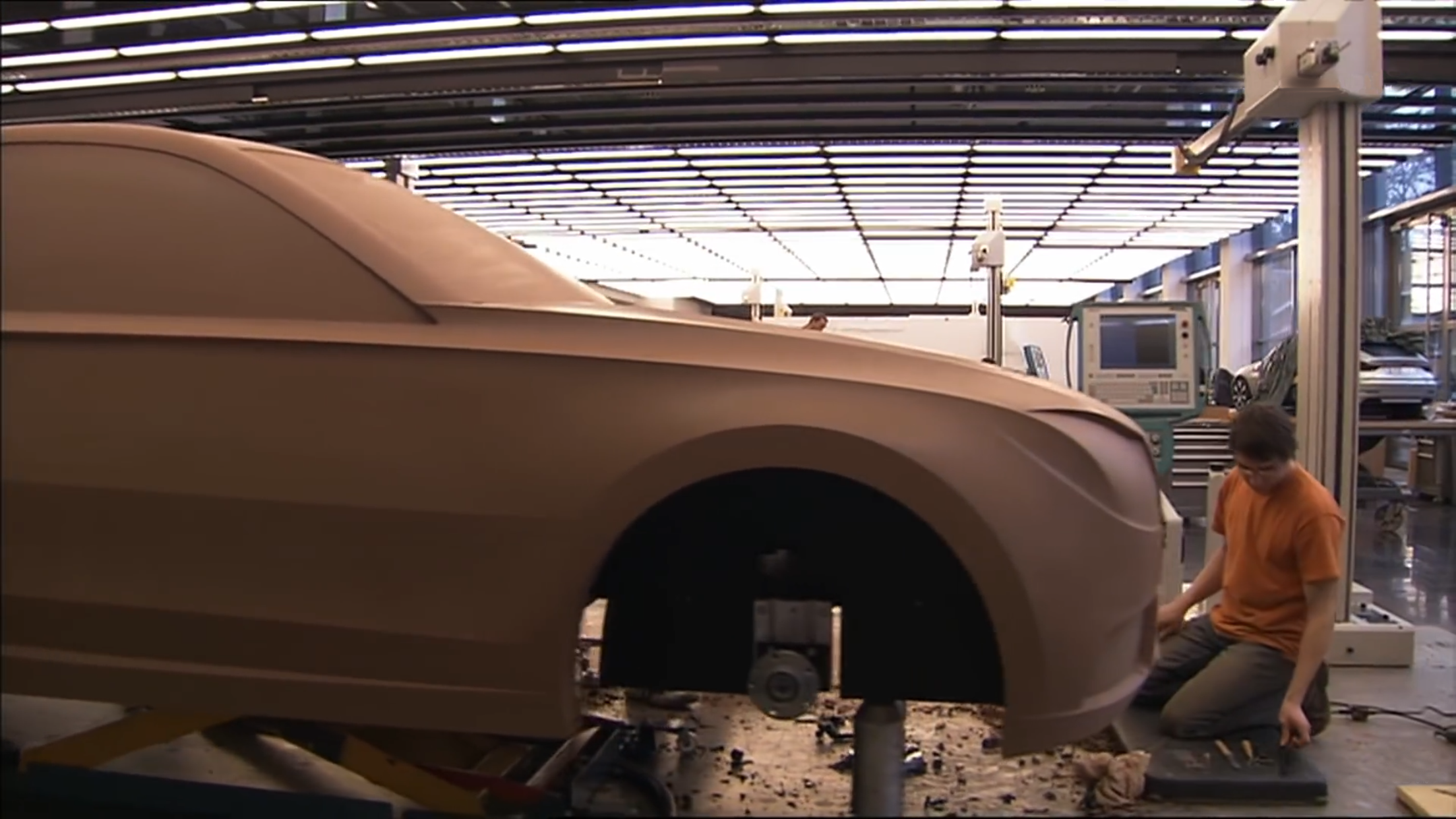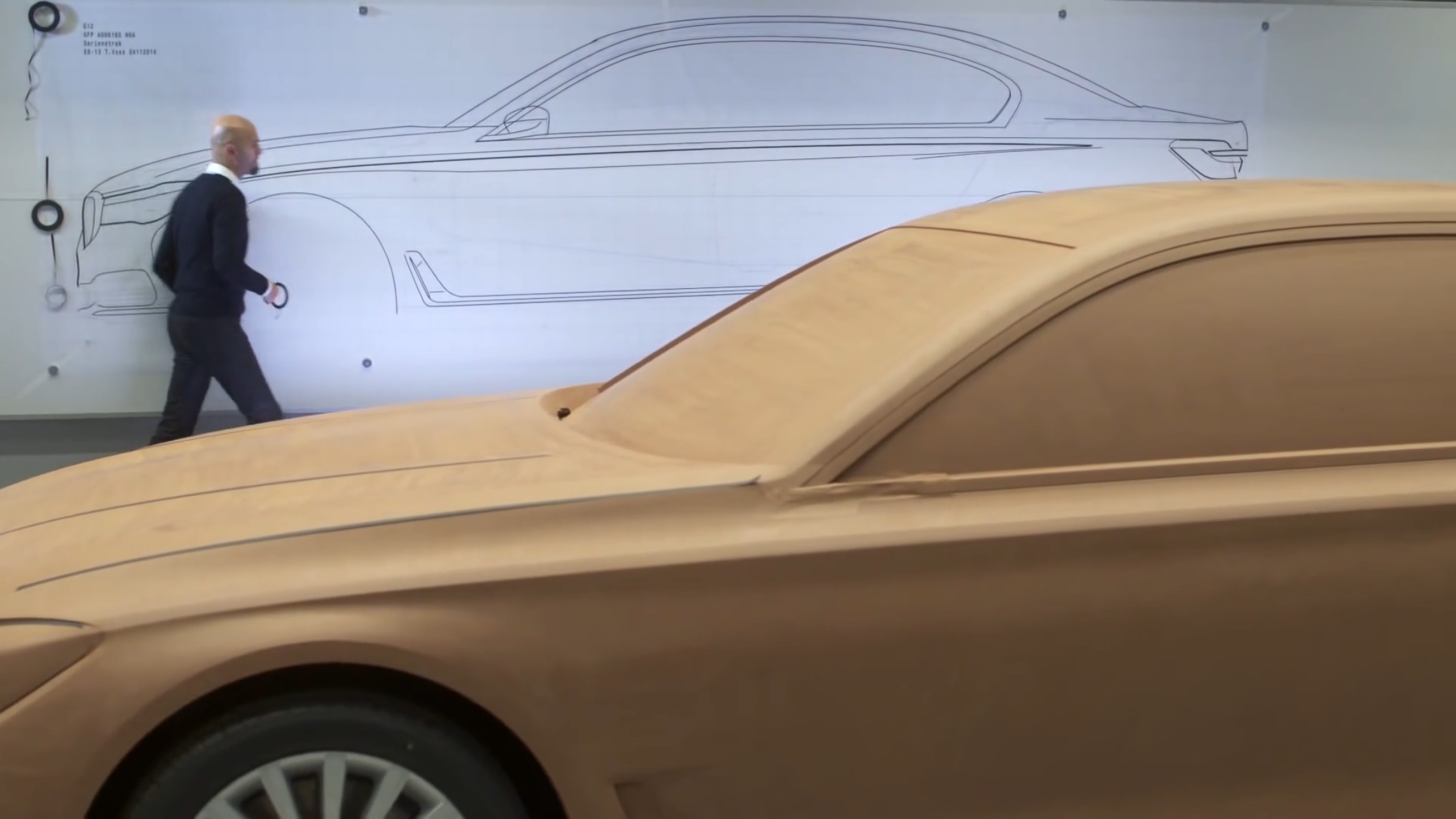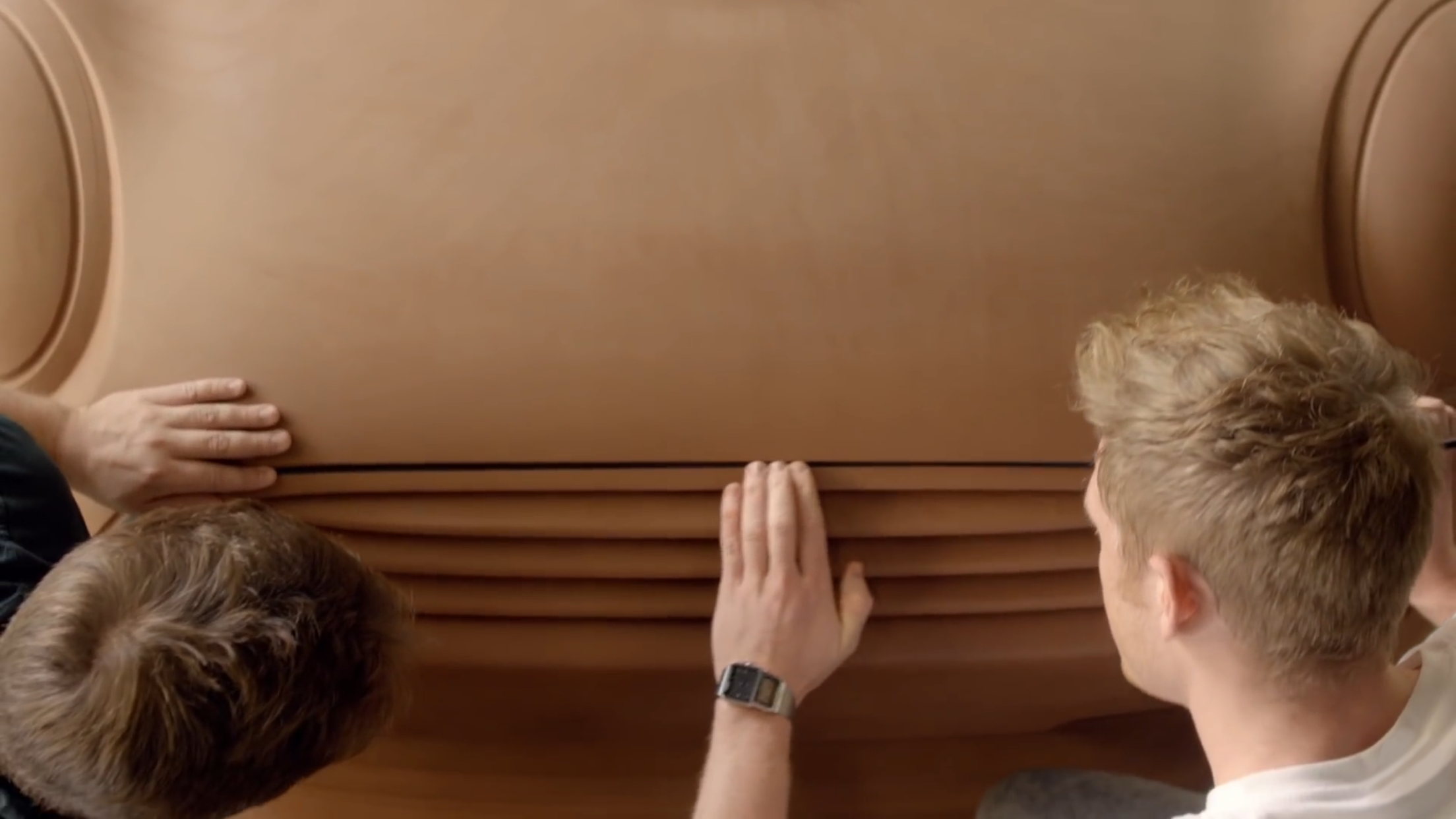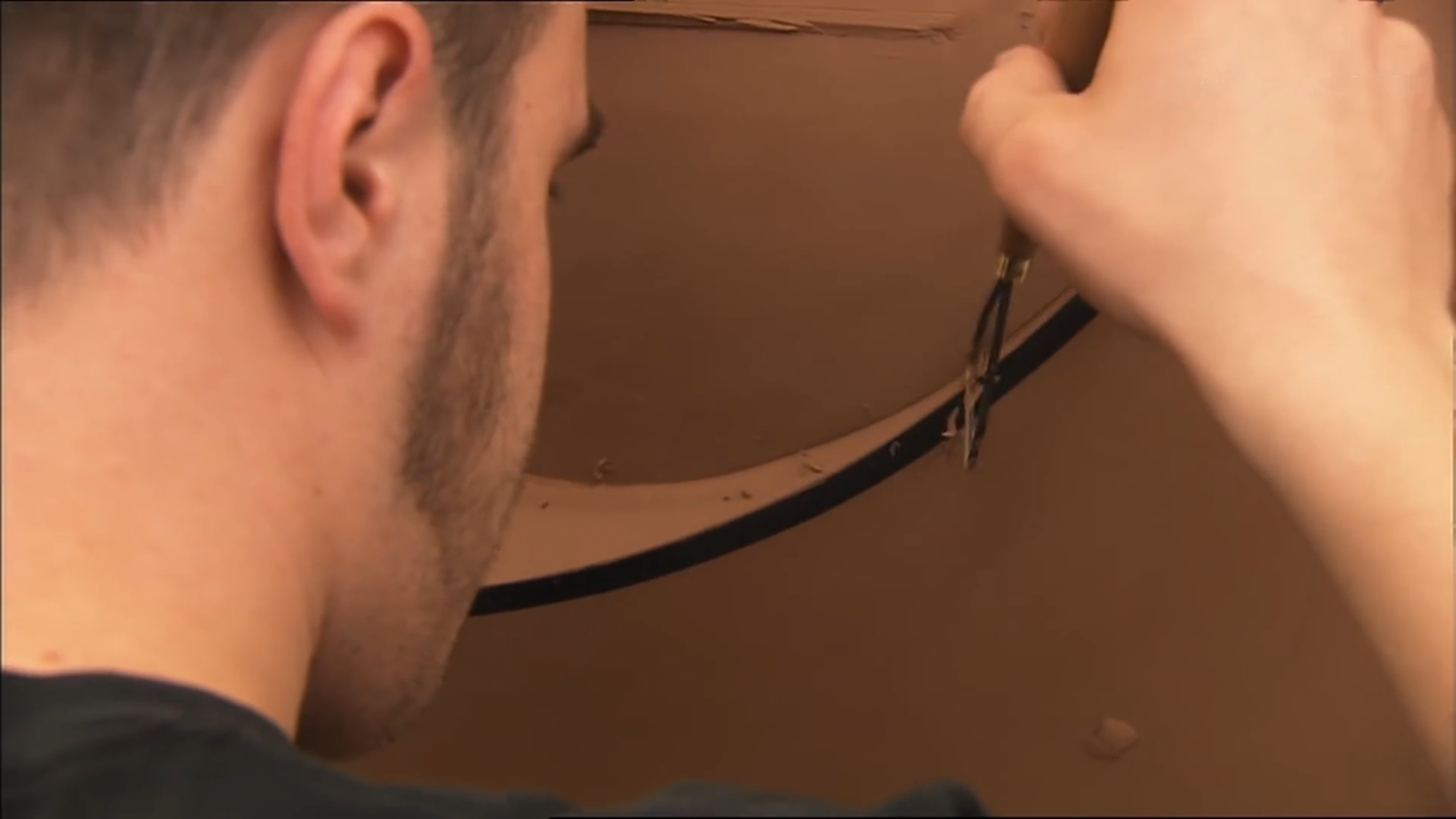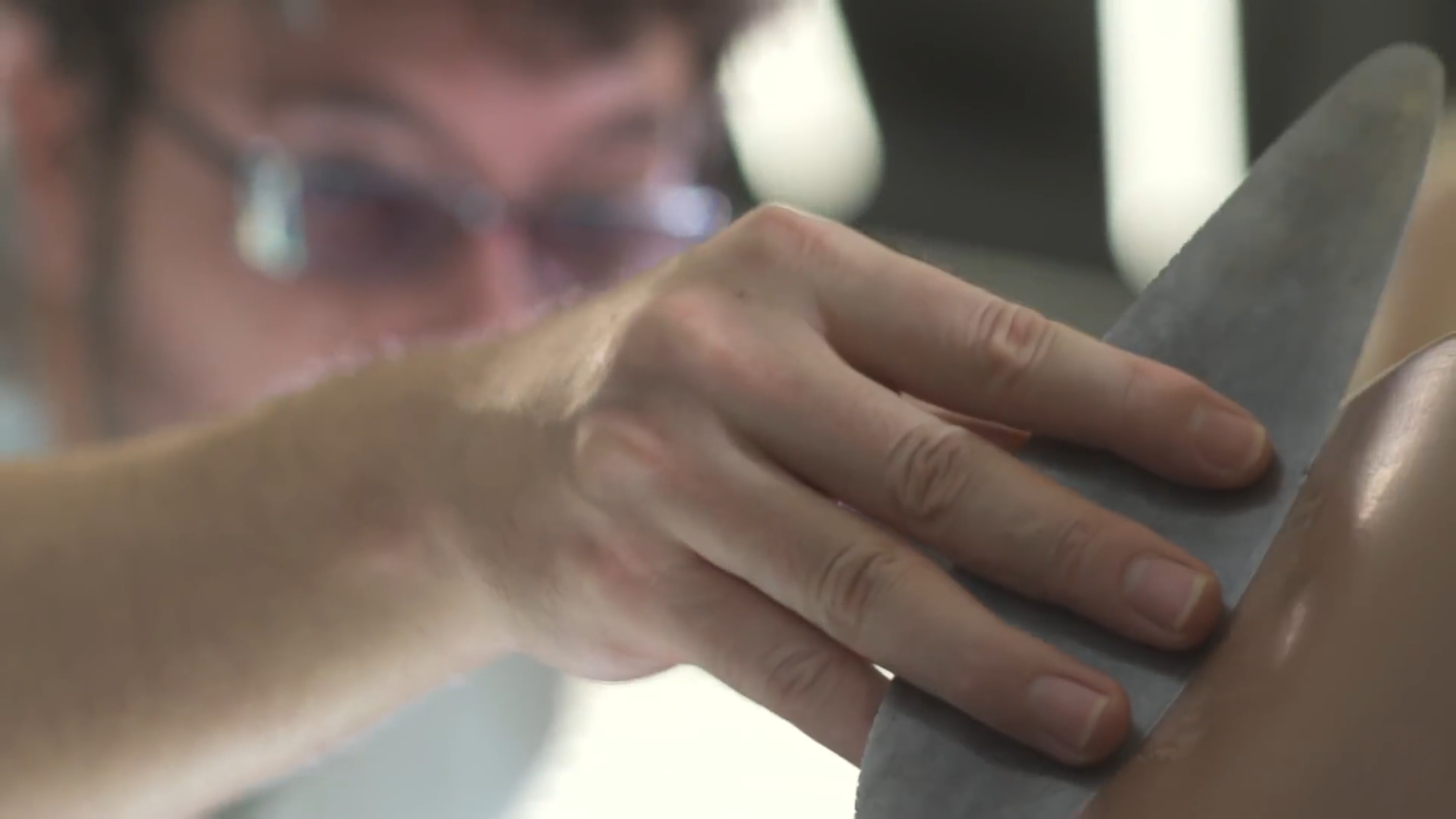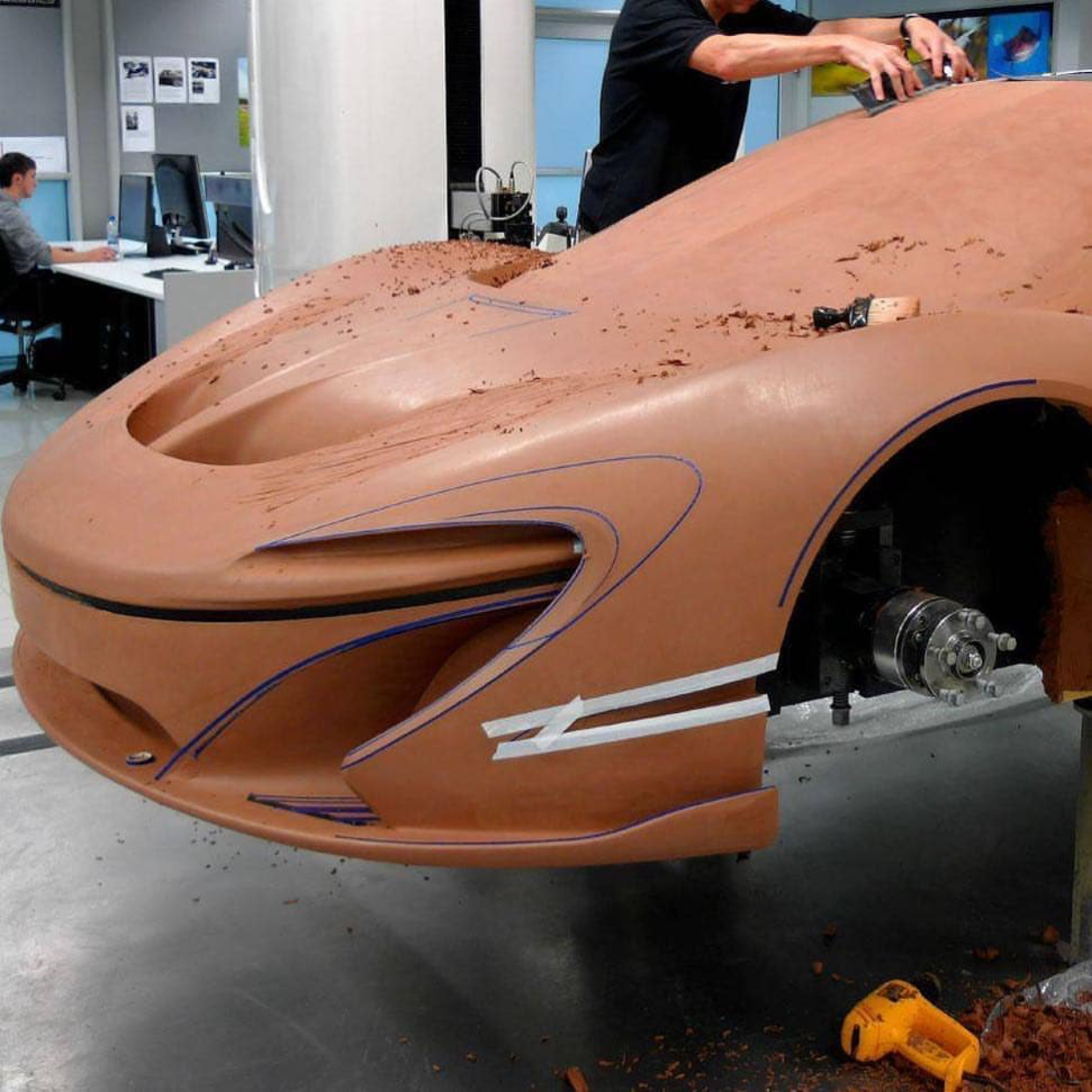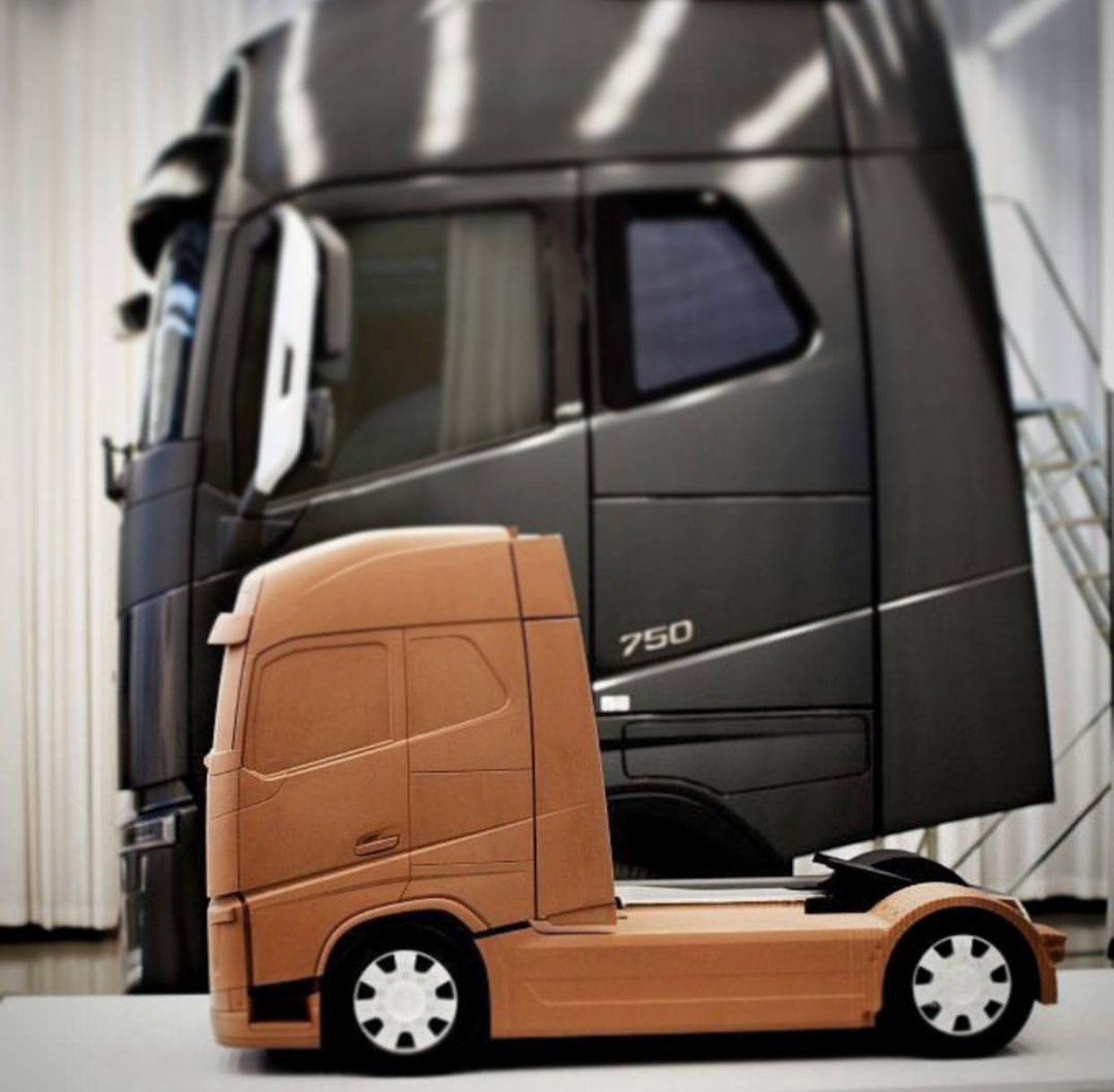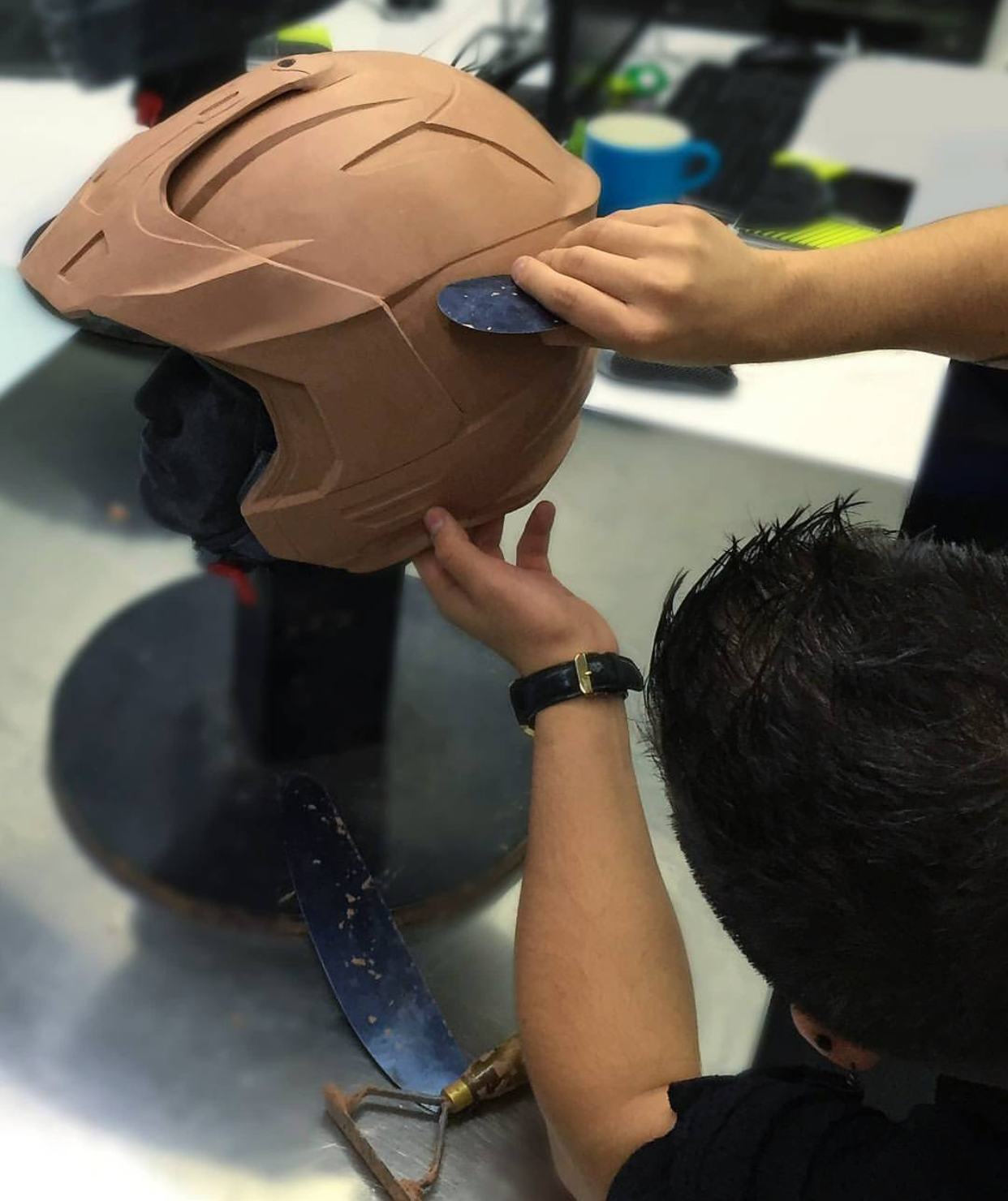Why Clay is here to stay : Clay Modeling in Automotive & Industrial Design
Why is clay still being used in the real world of design? Is clay just a dinosaur, bound to be replaced by more modern tools?
Virtual Reality and 3D printing has changed the game on how designers, engineers and developers react with their physical world. Such as the VR motorcycle prototype evaluation by ARCH motors, allowing design teams to evaluate a design in virtual space even before a physical model is made:
Well, although the world has becoming increasingly digital based, where we interface now with design models using 3D CAD and even virtual reality headsets — make no mistake, clay is here to stay.
A few of my design colleagues work in the automotive industry, one of them for McLaren Automotive in the UK. He even attests to the power of clay as a designer. There simply just isn't a way to physically see how a surface of a form will react with light, shadow, and touch unless you have the chance to touch it in person. This is where clay shines, the ability to physically massage every line and control every suface is where clay is particularly powerful. There are full-time automotive clay modelers (very well paid, I might add) working in Advanced Design studios across the world, who's job it is to translate a designer's sketch into a 3D, real car. Working in clay gives modelers and designers a more tactile, fingertip feel for the design that simply cannot be replaced by any other medium — and is ideal for sorting out optimal ergonomics. Later, these full 1:1 car models can then be scanned into 3D CAD, and converted into 3D production designs for production (composite tooling, aluminum sheet dye stamping, etc.) :
One useful advantage of clay is it can be finished and painted to resemble a realistic prototype. This is the process advanced R&D studios use when creating concept cars at key automotive design shows, such as LA Auto Show and Geneva Auto Show in Europe:
Industrial Clay is an extremely versatile tool, with many wide-ranging uses for the medium. In addition to car modeling, clay is still being used widely in highly sculptural Industrial Design product applications (i.e. protective helmets, eyewear, etc.), motorcycles & bicycle design, and concept model making in the entertainment / special effects industry:
Below is a great video by Business Insider about why some car companies still use clay models that cost up to $650k (yes, that’s US dollars).
In Summary: Clay is a beautifully nuanced, emotive tool that’s here to stay for hundreds, if not thousands of years to come!
*All content featured in this post is shown strictly for educational learning purposes only. All image rights belong to their respective owners.
The Maker's Field Guide: Book & Ebook Available Now
These tips and more can be found in The Maker's Field Guide — the most advanced guide to making anything on the planet. Written from a professional industrial designer with over 7+ years experience in the industry. Now available as digital ebook or premium quality coffee table book through the online store!





